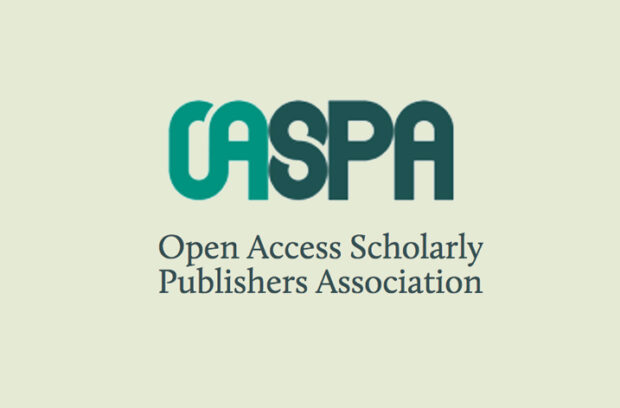The Open Access Scholarly Publication Association recently held a conference inviting Scholarly Communications librarians from all over the world to come together virtually and discuss the current trends and new ideas in Open Access.
Articles Processing Charges (APCs)
While the movement for broader Open Access publishing, and knowledge and interest continues to increase among faculty and scholars in all disciplines, not all Open Access is equally free. Transformative journals may provide some of their content open access – but still require a subscription for all of it. Additionally, the increasing popularity of “Read and Publish” agreements – while generally beneficial for universities and libraries, providing a wide breadth of access for scholars at a given institution or set of institutions, do have some drawbacks for the scholarly ecosystem as a whole.
A good deal of the poster sessions therefore focused on models of Open Access publication that do not require Article Processing Charges at the point of submission – this is known, generally, as Diamond Open Access. In order to be considered Diamond Open Access, publication schedules cannot contain embargoes and the cost of submission and of accessing the content must be zero. These funding models are generally sponsored by universities, research institutions, and libraries themselves – as more and more institutions of higher education are recognizing that investing in consortial open access projects help budgets in the longer run, as they continue to support the free access and publication of research, which in turn lowers – or outright eliminates – subscription and APC fees.
Open Access Community Investment Program
“The LYRASIS Open Access Community Investment Program (OACIP) provides a community-driven framework that enables multiple stakeholders – including academic and public libraries, academic departments, institutions, museums, and funding agencies – to evaluate and collectively fund Diamond Open Access (OA) journals.” – taken from the OACIP website
Lyrasis presented a relatively new program at OASPA; OACIP. Projects like these can provide the framework and model for Diamond OA so that institutions do not need to reinvent the wheel when it comes to figuring out their own equitable processes for publication. Additionally, having a large consortia of libraries participating and contributing to the discourse, credibility, and viability of Diamond OA projects make them all the more tenable in the eyes of researchers and faculty members trying to balance the pressures of publishing equitably.
Scottish University Open Access Press
Another example of a consortial approach to Diamond OA is the Scottish University Open Access Press. The goal of this project is to create a press managed and published by and for member university libraries. While the initial investments and staff times may demand higher education professionals working on projects that might not benefit their university in the short term in terms of semester to semester collections, growth of projects like these promises to significantly reduce the dependence on high-cost subscriptions – as an Open Access Press would ensure must more affordable access to materials that are already being generated by those same universities to begin with.
